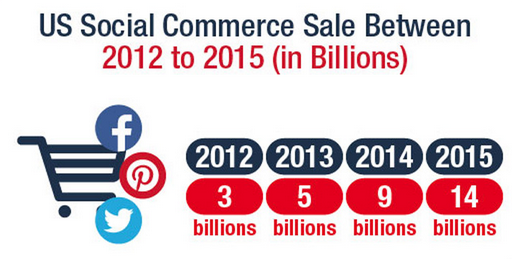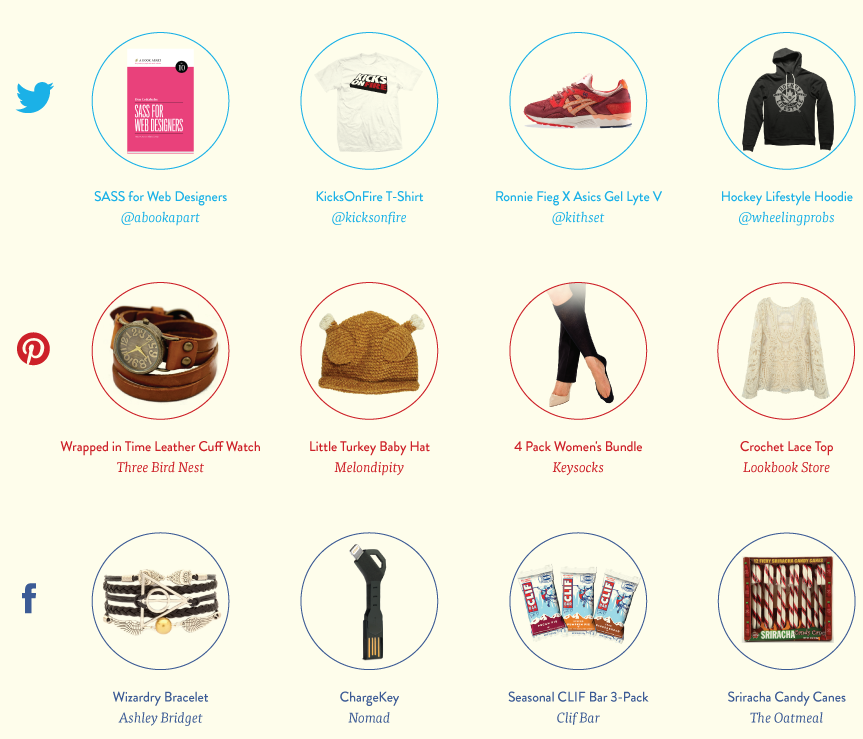How to leverage social ecommerce for your mulit-channel business
As Bob Dylan once wrote, “you better start swimmin’, Or you’ll sink like a stone, For the times they are a-changin‘”. This has never been more true in the world of eCommerce. Less than 10 years ago you would have received a blank stare from someone if you had asked them what their Facebook, Twitter or Instagram strategy was, because less than 10 years ago, those platforms didn’t even exist.
Today, it can be almost impossible to reach your customers without some combination of these channels, and to top it all off, these giants are now venturing into the world of eCommerce, trying to get users to make purchases from directly within the platforms. This is the phenomenon now known as social ecommerce.
Defining social commerce
The basic premise, is an integration of social media into more traditional online shopping experiences. There are two primary forms of social commerce, namely onsite, and offsite. The names are fairly self explanatory, in that offsite is based on activities and discussion that happens outside of your website on social media platforms, whilst onsite is integrating social platforms into your website, be it through social sharing, or reviews etc.
Growth of social commerce

In the U.S alone, growth of social commerce has been staggering over the past 4 years, growing more than fourfold from 3 billion in 2012 to 14 billion in 2015. This is a staggering growth rate fuelled primarily by the likes of Facebook, Twitter and Pinterest, of which almost 85% of the social media eCommerce orders are from Facebook. This kind of domination in the market means that as an online seller, you would be hard-pressed to find a reason to not start looking into Facebook as a viable means of direct sales.
Where you really start to see the impact this can make on your bottom line, is when you see businesses like Zappos receiving 10% of their overall traffic coming from social media, and better yet, Fab, who receive 25% of their traffic from social media sources.
The main reason for it’s rapid growth is down to the social validation that comes with a purchase, where people are far more likely to make a product decision if it has been validated (through a share, a like or a purchase) from one of their friends.. The integrations mentioned vary greatly, from a Facebook like button, through to Pinterest boards, to the new ‘Buy Now’ buttons embedded into tweets that is being trialled by Twitter at the moment. With this in mind, it is becoming increasingly easy for brand to assign a direct ROI to their social activities, with it becoming less and less about pure branding.
How does this impact me as a seller?
For one thing, we are starting to see a shift from brands carefully selecting and crafting their message to put out via the various channels, to it being more about the consumers dialogue. The customer is beginning to dictate the story and a positive review of a product can bump up it’s sales by 9.5%, whereas a negative review can cause it to slump by as much as 11%. As a seller, you need to be acutely aware of this shift in dynamic online, and be at the ready to engage, discuss, chat, and possibly even joke with customers to ensure you are building a strong reputation with them and showing that you are more than a brand, you’re a person.
The most important advice we can offer to you as a seller, is to not think that this means you must go out and create one of every social account. You need to carefully research where your customers are, and make sure you join them there. It is far better to have a select few channels that you know your customers are using, than to try and spread yourself too thin across them all. for example, if your product is aimed at men between the ages of 40-60, then is Snapchat really the best place to be? A lot of research has been done into this already, and you should be able to find plenty of data online. At the end of this article you can see a short snippet of a report done by Shopify on which products sell from which channels.
Don’t forget that reviews are also considered to be a part of onsite social commerce, so it is important that you are working to gather positive reviews and feedback from your customers. It is so important for sellers to remember that it is more than just asking for reviews or testimonials, and that to get truly positive reviews you need to be providing a great experience throughout the customer journey. Be it the ease of checkout, through to all your customer interactions you may have.
In conclusion
The industry of social commerce has grown tremendously in recent years, but that being said, we still haven’t even scratched the surface of what is possible. For example, Google are looking at integrating shopping into Google Maps, meaning you could walk into a shop on streetview, and literally buy a product off the shelves, without even leaving your bed.
It is an extremely interesting time to be involved in eCommerce, and I hope you’re ready to make the most of the ever expanding technologies available to us.









